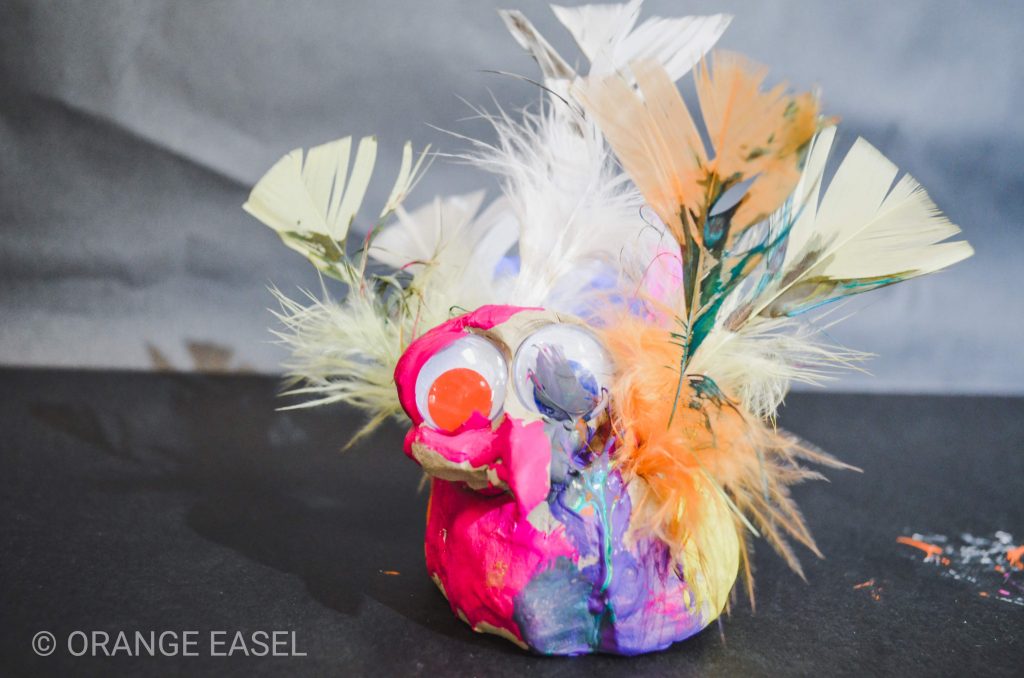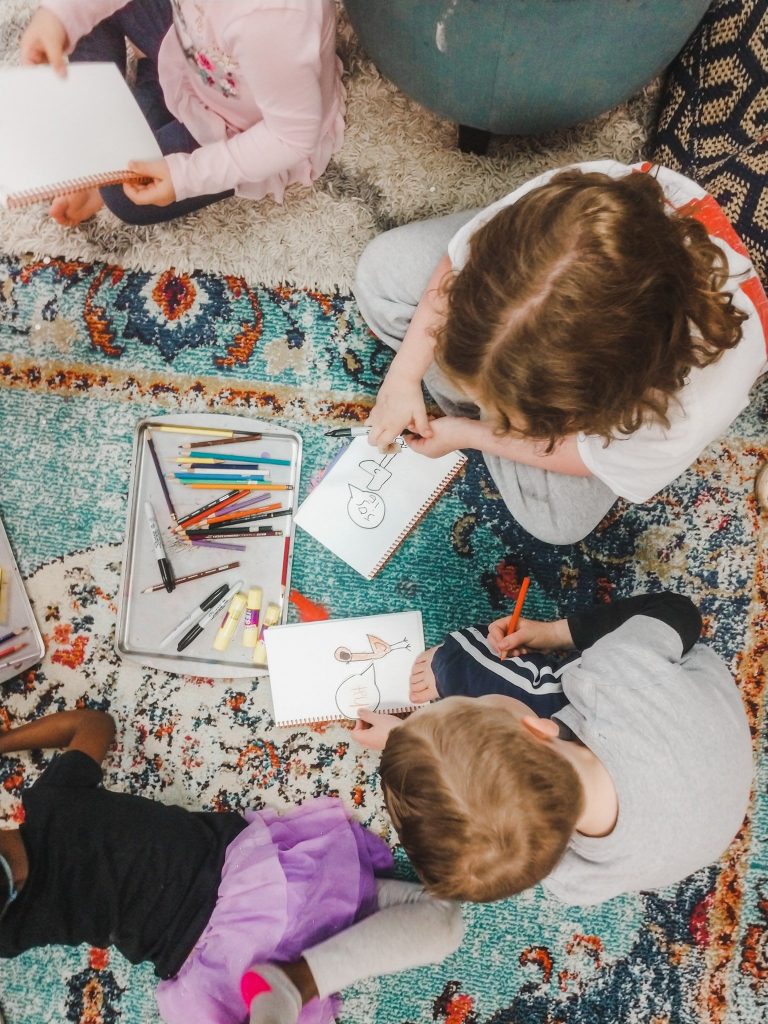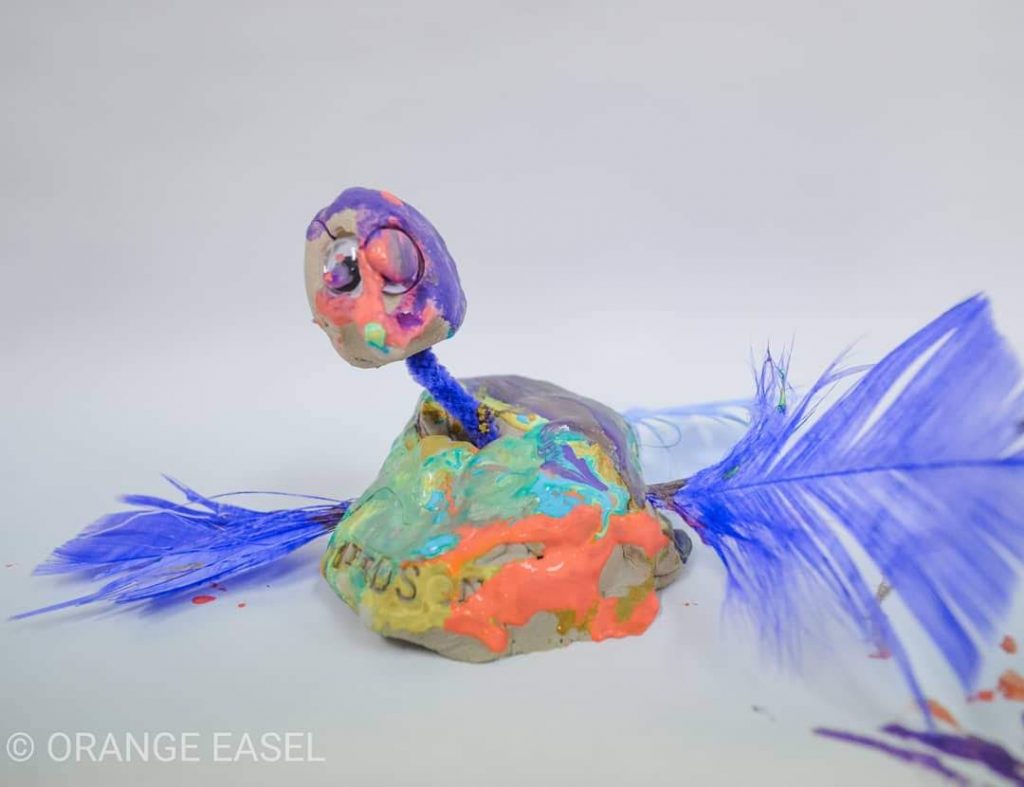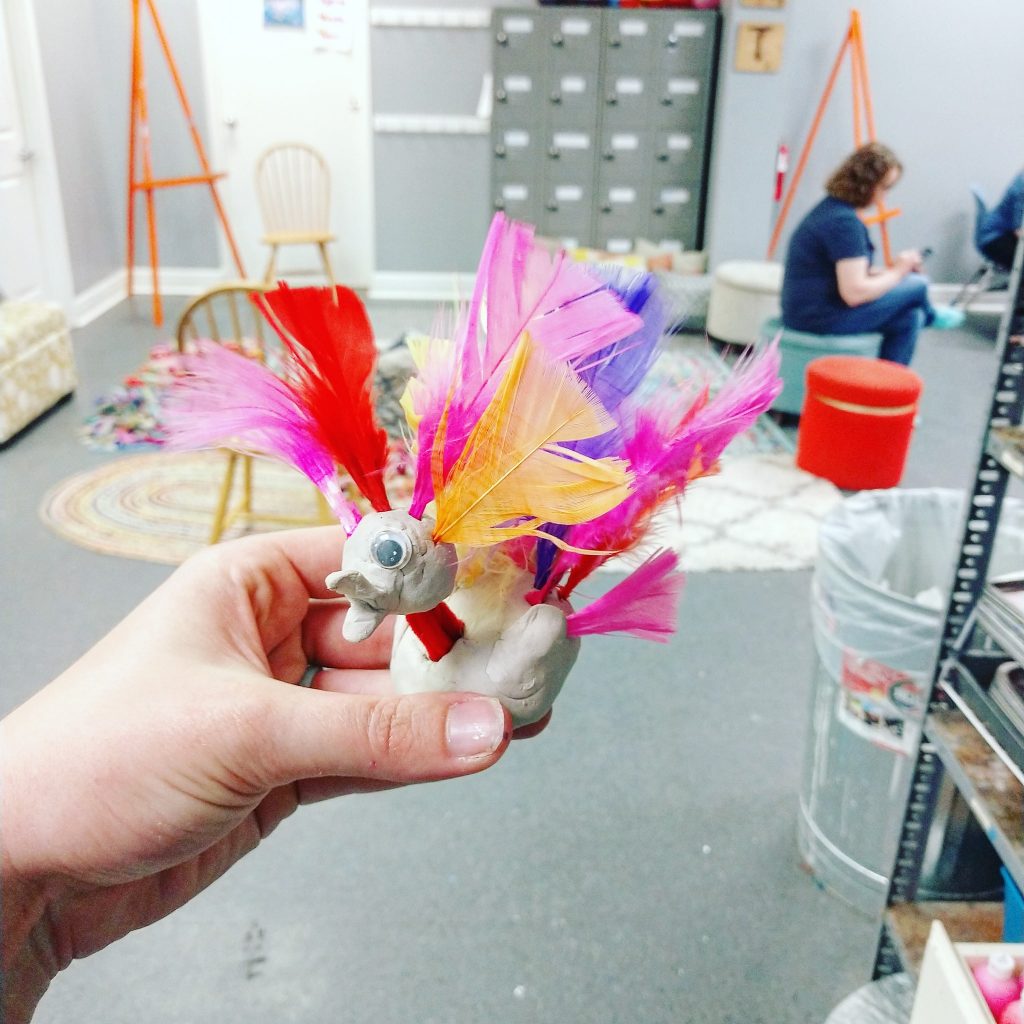The pinch pot is the foundations for many of our clay handbuilding projects in the art studio. So, it’s important to understand how to make a clay pinch pot AND the best way to teach your preschoolers how to do it.
This post contains affiliate links.
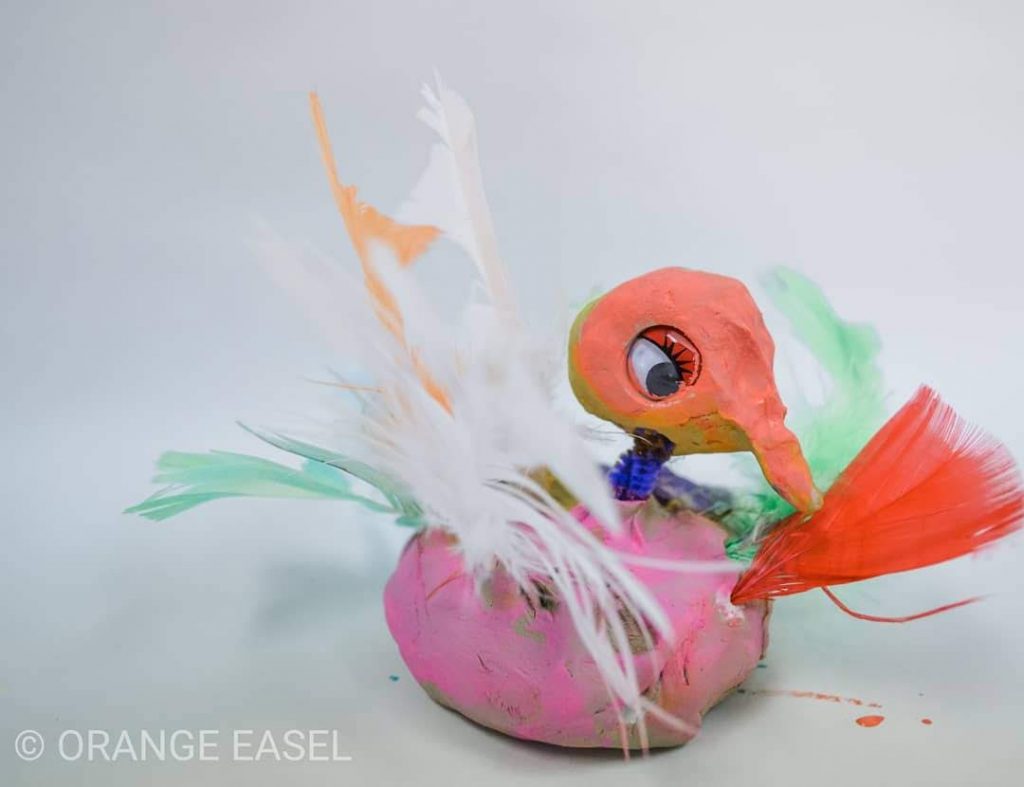
Video for Teachers and Parents
These are the steps that I take and the words I use to teach my preschool (and even grade school) students how to make a pinch pot:
Best Practices for Preschool Clay Handbuilding
If you’re teaching clay sculpture to young artists, I recommend allowing plenty of time for the kids to freely explore the clay before starting on a project.
Squish it. Roll it. Stick stuff in it. Really enjoy all the sensory benefits from this art material before moving onto any project-based goals. This is probably the biggest teacher tip that I can offer.
More tips:
- Teach rolling coils and and shaping pinch pots with play dough first. It’s easier for little fingers to squish and mold.
- Have a wash bucket and towels nearby for artists who don’t like the feel of the dried clay on their hands. Give your students the power to wash-up whenever THEY feel like they need to.
- Use good stuff. in the studio is from Discount School Supply. It comes in a 25lb block and will last for a good long while. In a pinch (get it?!), I’ll use.
Clay Pinch Pot Project Ideas
Now that you’ve learned how to make a clay pinch pot with your preschoolers, what do you do with those pots?
The possibilities are almost endless!
We have Pinterest board to inspire you. Notice that some of these finished projects are still bowls but others are totally transformed!
Pin pinch pot video and tips for later
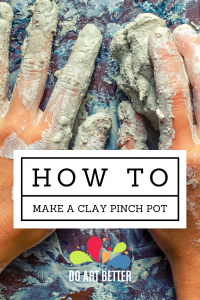
Clay Videos Classes from DoArtBetter.com
If you’re looking for clay classes, we’ve got ’em. Check out our video classes for preschool artist, grade school artists, teens, and adults. No kiln needed! All of our clay videos use an air-dry clay.

